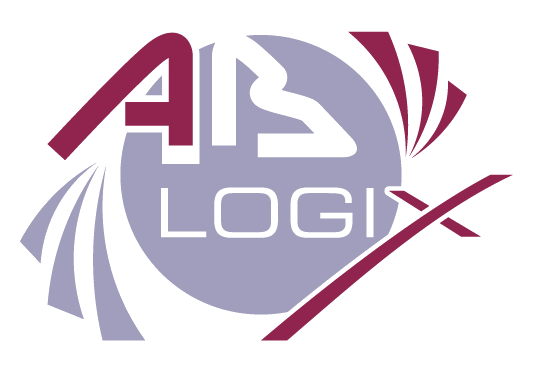IBM DOORS Next Generation software gives teams the ability to define and manage requirements. In addition, it provides the ability to generate reports on requirements throughout the life cycle of a development project. This Web application supports iterative, waterfall development methodologies. These are able to evolve flexibly, using lightweight requirements processes. Now you can reduce rework and costs, speed time to market and improve business outcomes.
DOORS Next Generation addresses the following issues :
- Requirements information lifecycle – Implementing a broad and flexible strategy enables teams to collaborate. You then get a clearer view to quickly reach consensus on requirements as they develop business solutions.
- Extended team – This is achieved by homogenising the many stakeholders around the world. This includes customer sponsors, users, marketing, legal, compliance, finance, training, operations and the project team members themselves.
- Project Life Cycle – Matching requirements, development and change management. Also quality management in a complete IBM collaborative life cycle management solution.
Life cycle of requirements information
- Use rich and intuitive online documents, scenarios or process diagrams. Use use cases and other visual techniques to capture customer needs and drive business activity.
- Efficiently manage, organize and analyze requirements and their changes using attributes, collections, tags and filters in dynamic information views. You can also use out-of-the-box templates and custom reports to understand the status of a project, including requirements specification, audit history and traceability reports.
- Focus on current objectives. You have access to up-to-date information via project and user-specific views, including comments, requirements and recent artefacts. DOORS Next Generation maintains an audit trail of artifact changes. The solution helps teams to quickly revert to previous versions of artefacts and information if necessary.
- Give yourself more flexibility by putting customers first. Improve predictability with lightweight requirements practices. This more iterative project methodology generates more customer value with fewer tasks.
- Use automatic traceability to synchronise work with requirements. Quickly understand the implications of requirements and generate project status reports. Team members can use system or custom link types to manage the traceability relationship between requirements artifacts.
Extended team
- Involves all stakeholders and facilitates active collaboration on all requirements. With this software, you can involve a large group of customers spread around the world. Other stakeholders in a requirements-driven development process can also be involved.
- Have a shared vision and understanding of project and programme requirements. DOORS Next Generation ensures that all stakeholders have access to the same information, using a method that everyone can understand.
- Unify teams around a common vocabulary using the integrated glossary tool. Using the content wizard tools, you can link to glossary terms from any location containing text.
- Enables new team members to become productive faster by putting your requirements, business context and past discussions online.
Project life cycle
Combine DOORS Next Generation with IBM Rational Team Concert and Rational Quality Manager, and create a complete IBM Rational collaborative lifecycle management solution.
Coordinate your software development activities from business requirements to system delivery. Rational’s collaborative lifecycle management solution provides real-time planning, contextual collaboration, development intelligence and continuous process improvement.
Source : IBM

We will process your request within 48 hours.
